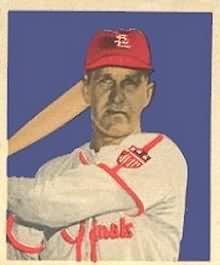In 2006, two of every three tons of steel made in the U.S. came from recycled steel … The U.S. steel industry is not the world leader it once was, but no one produces more junk than we do---scrap metal was among our most valuable exports last year.We had no time to savor the small irony of our used-up crap fueling the economic expansions of China and India, because as it turns out there is an important Houston angle underpinning the story. It seems the device that pulverizes our old pick-ups and commercial refrigerators and transforms them into small balls of steel was realized right here:
This type of machine, which was invented by the Proler brothers---Who knew? as Hymie himself might have said.
Hymie, Sammy, Jackie and Izzy---in Houston in the late nineteen-fifties (they called it the Prolerizer), is standard equipment these days in any medium- to large-sized yard.
Here’s a description of the Prolerizer prolerizing, from the book Garbage Land: On the Secret Trail of Trash by Elizabeth Royte (as quoted in a New York Times review):
''The Prolerizer has a 6,000-horsepower synchronous motor and enormous blades that can convert whole cars to fist-sized chunks of scrap in 30 to 60 seconds. . . . Cars plummeted onto the shredder's spinning rotor, which bristled with 32 bow-tie-shaped blades that weighed 300 pounds each. . . . They were 30 inches long, and though made of a steel-manganese alloy, they lasted a mere 24 hours, such was the ferocity of their labors.''Whoo-weee! We can’t recall reading of the Proler brothers in any of the official histories of our city, but we have no doubt that when the books are finally balanced on the ledger of time it will be the Prolerizer, and not the Weedeater or the world’s first air-conditioned stadium, that will be considered Houston’s greatest contribution to Western Civilization.

1 comment:
Wow, that was nice to read. I've been curious about the back-story on the Proler Family Scrapyard for a while. In my mind it is the "folk art scrapyard" for the paintings and recycled planters around the place. Here is a David Beebe blog post.
Post a Comment